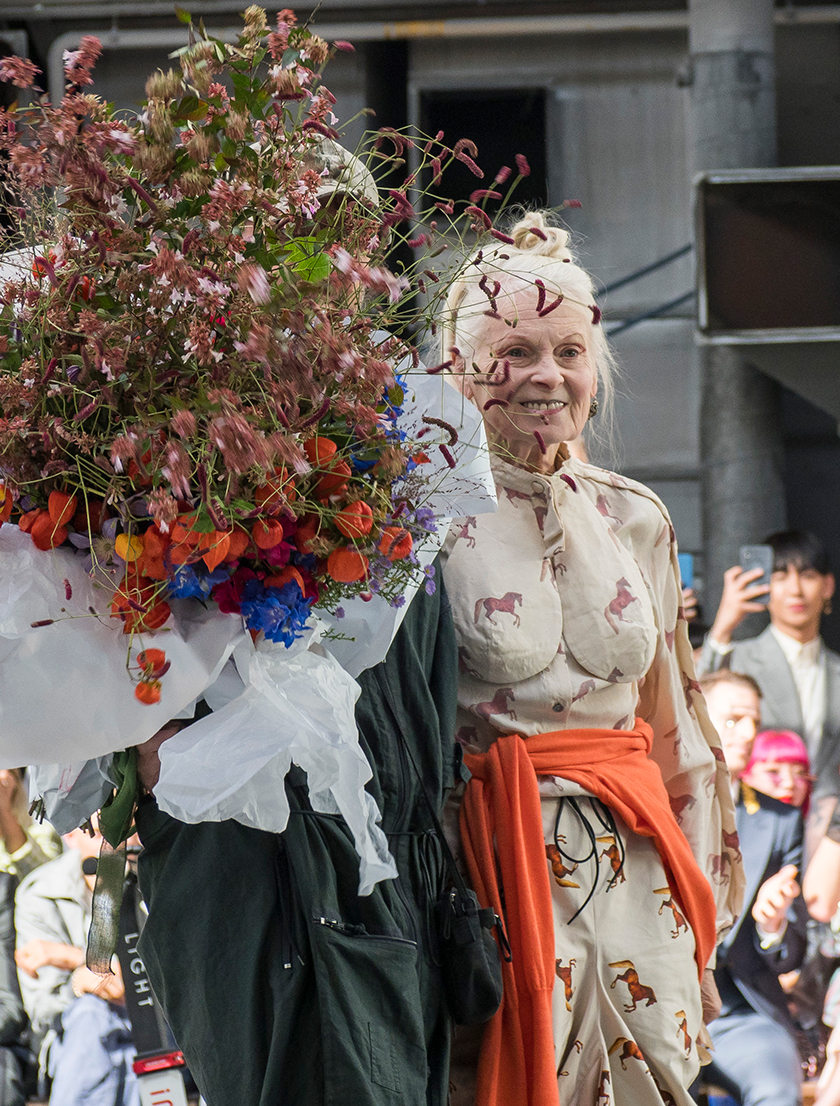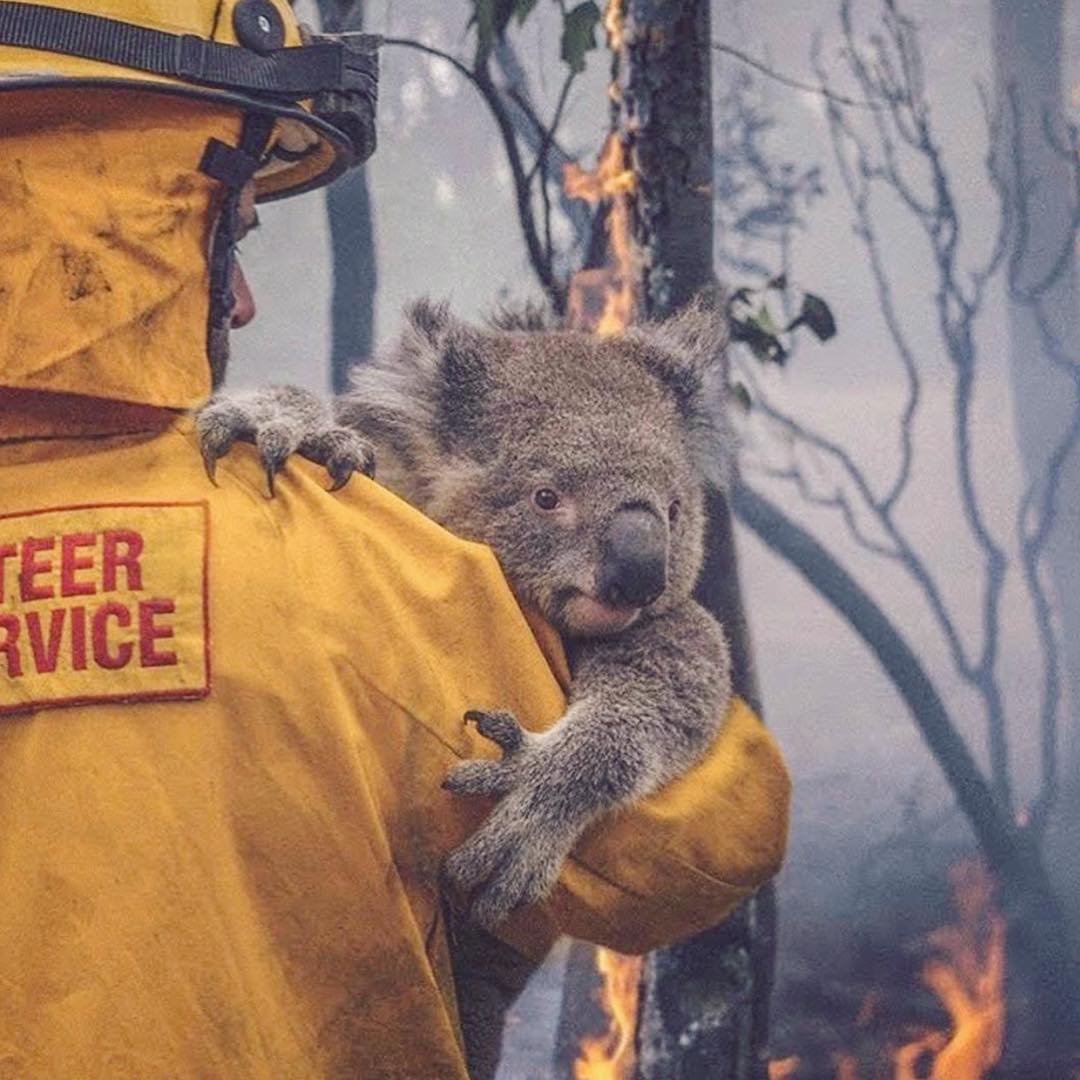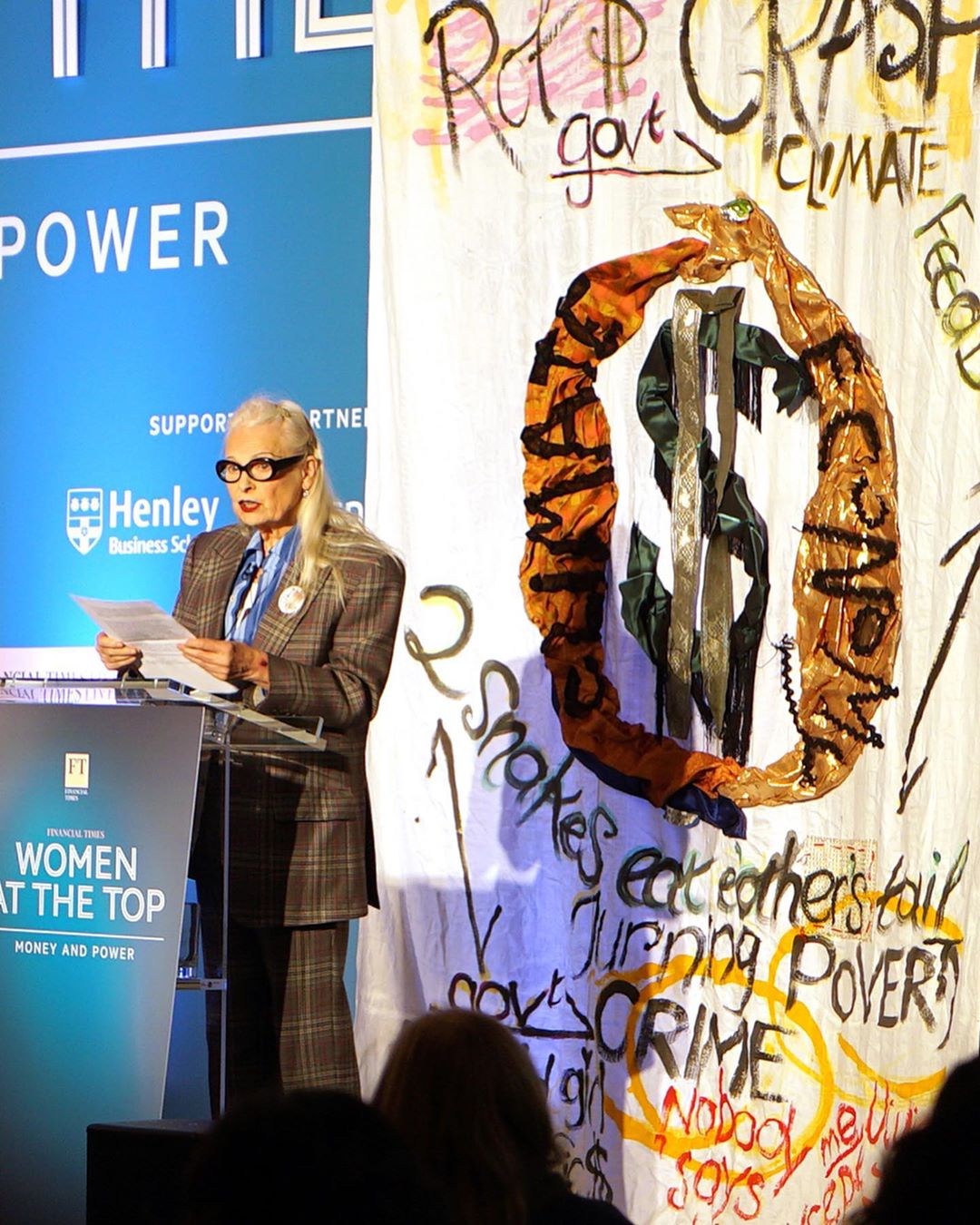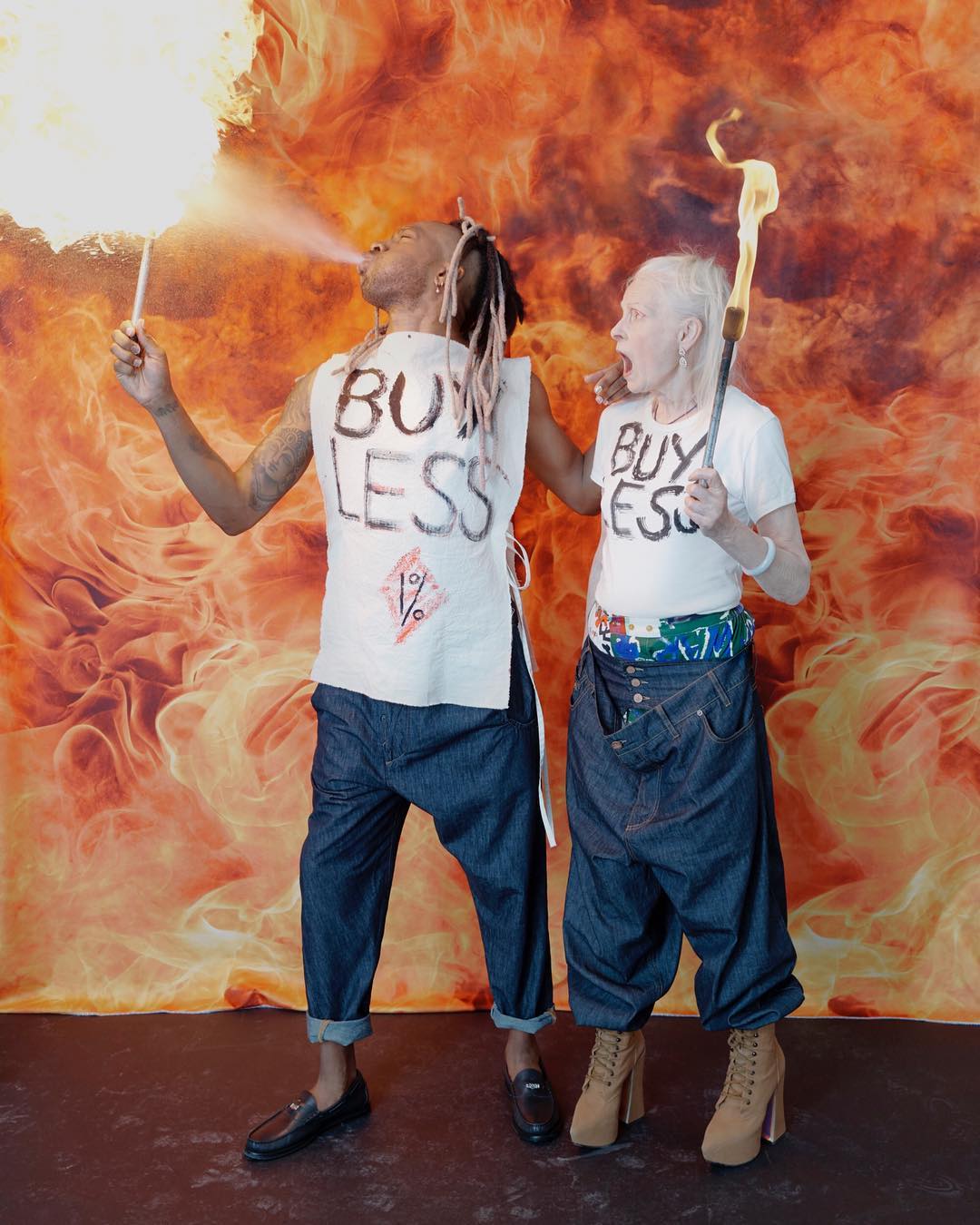We have heard a lot about greenhouse gases and air flights, but how much industries such as fashion influence on environmental destruction is still secret. In recent years there have been many initiatives to try to get our eco-system to breathe: new regulations have been introduced in the cities for smog emissions, “eco-sustainable” aircraft have been developed, the population is being educated to respect the environment, but what role does the fashion system play in all this? What is unfortunately too little talk about, in fact, concerns all the factors, perhaps considered secondary, that intervene in this process of self-destruction that is attenuated by man. The “Global fashion: green is the new black” report has decided to put down what is the real impact of fashion on the environment, and what is highlighted is somewhat dramatic!
In recent months we are all seeing Australia burn, we have all adopted a koala or planted a tree in the Amazon, but we have not given up on a new pair of sneakers, right? Here are some data that, perhaps, will make you change your approach:
The fashion industry has a business model that appears to be “unsustainable” and according to Global Fashion estimates, this model will continue to grow to reach 3.3 trillion dollars by 2030. What does this mean? The greater the growth of the fashion system, the greater the negative impact it will have on the environment, why? Because producing fashion means consuming more water (+ 50% by 2030), more emissions (+ 63%) and more tons of waste created (+ 52%). Often, it’s something we don’t think about, but there are foundations like Ellen MacArthur, ready to argue that by 2050 fashion will consume as much as 25% of the world’s carbon budget! Sounds absurd, doesn’t it? Here are other more explanatory data:
The production of clothing and shoes involves the production of almost 1.2 billion tons of emissions, which, to be clear, are double those produced by international flights and commercial naval connections; to this is added the production of carbon dioxide, equivalent more or less to that of the whole of Europe. But still: to produce a t-shirt, 2,700 litres of water is used, that is, those that a person drinks in two and a half years. To these are added many other worrying data and the reason for these lies in the fact that production grows more and more, also and above all because of the increase in consumption of fast fashion, which by guaranteeing relatively low prices leads consumers to buy more and more but garments are not used (or at least they are but few times). The real problem is in fact that more and more is produced, more and more is purchased, and everything is done for no apparent reason, but contributing to destroying our environment hour after hour.
- credits to @viviennewestwood
- credits to @viviennewestwood
What is the solution? Vivienne Westwood, activist and fashion icon, has always made “Buy Less, Buy Better” a true philosophy, and perhaps we should all take a cue from it. This does not mean that we should no longer make or buy fashion products, but that if consumption were reduced, the fashion houses would automatically produce less, reducing environmental damage or at least not increasing it. Indeed, the real revolution towards environmental protection should start with us, consuming less and buying better. On the other hand, companies should move towards a greener and more sustainable production model, avoiding the use of harmful and harmful materials. Some are already doing it, and you?




